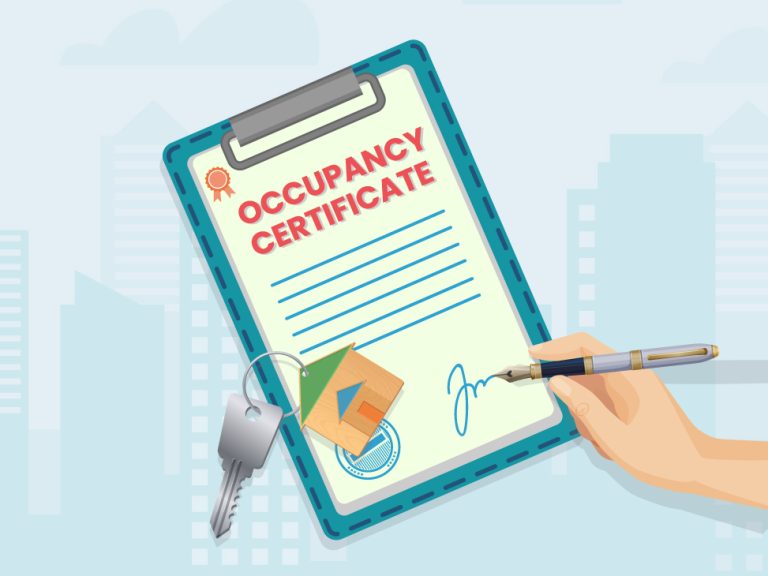Getting home loan is very BASIC now
Get a loan in under 5 mins

An Occupancy Certificate (OC) is a critical document in the real estate sector, signifying the completion and compliance of a building with various laws and building codes. Obtaining an OC is a crucial step for homeowners, builders, and developers alike. This document certifies that the construction of a building is done according to the approved plans and is suitable for occupancy. Here’s an in-depth look at the importance, process, and implications of not having a certificate of occupancy.
Table of Contents
The Occupancy Certificate, sometimes known as the Certificate of Occupancy, is issued by local municipal authorities or the building proposal department. It confirms that the building has been constructed according to the approved plans and complies with all applicable building codes, regulations, and laws. The certificate is an indication that the building is safe to be occupied.
The OC serves as legal evidence that the building meets all statutory compliances, making it an essential document for residential or commercial property owners.
Obtaining utility services such as water, electricity, and gas is contingent upon presenting the OC, as service providers require it to ensure the building is legally habitable.
For property buyers, an OC is crucial during the home loan process. Financial institutions often require an OC before disbursing loans. Similarly, it’s important for resale as potential buyers and legal advisors look for this certificate.
Occupying a property without an OC is deemed illegal and can attract penalties from municipal authorities, including fines or even eviction orders.
Suggested read: Home Loan Provisional Certificate
In short, The Occupancy Certificate is not just a piece of paper but a testament to a building’s adherence to laws and safety standards. For anyone involved in building or purchasing property, ensuring the availability and validity of an OC is crucial. Always check for an OC when buying property and consult legal experts or real estate professionals if you are unsure about the process or documentation. Taking these steps will safeguard your investment and ensure your property is legally compliant.
Suggested read: Encumbrance Certificate
To check an occupancy certificate online, visit the official website of your local municipal corporation or the urban development authority. Navigate to the section for building permissions or document verification, where you can search using property details or application numbers.
Without an occupancy certificate, a building is considered non-compliant with the local regulations. This can lead to legal issues such as penalties, disconnection of utilities, and difficulties in obtaining loans or selling the property.
It is not advisable to buy a house without an OC, as it may imply legal, financial, and regulatory issues. The absence of an OC can affect the legality of the occupancy and may lead to additional costs or legal challenges.
Selling a flat without an OC is possible but not recommended. It can significantly reduce the property’s market value, attract fewer buyers, and complicate the transaction process due to potential legal hurdles.
The time taken to obtain an occupancy certificate can vary widely depending on the local municipality, the complexity of the project, and compliance with relevant laws. Typically, it can take anywhere from a few weeks to several months after the completion of the building.
Technically, a builder should not ask for maintenance charges for a building that does not have an Occupancy Certificate (OC). The OC certifies that the building is habitable and complies with all applicable regulations, which is a prerequisite for residents to legally occupy the building and for the builder to legally enforce maintenance charges. Charging for maintenance without an OC could be challenged legally as the building has not been officially declared fit for habitation.
Published on 13th May 2024